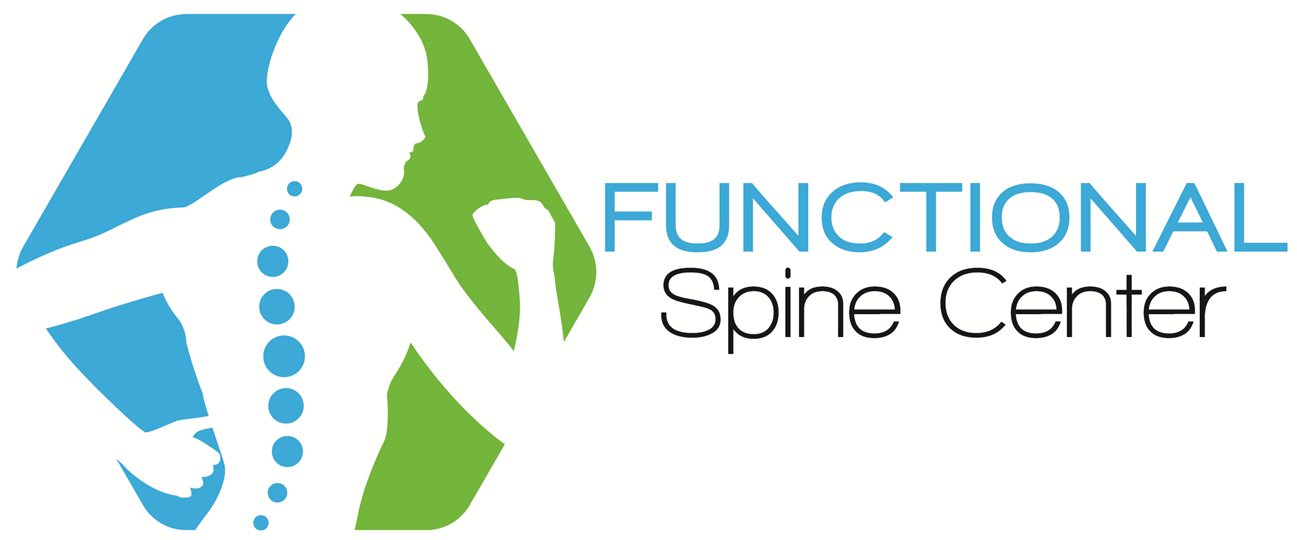Spinal manipulation
The American Chiropractic Association states “the purpose of manipulation is to restore joint mobility by manually applying a controlled force into joints that have become hypomobile – or restricted in their movement – as a result of a tissue injury. Tissue injury can be caused by a single traumatic event, such as improper lifting of a heavy object, or through repetitive stresses, such as sitting in an awkward position with poor spinal posture for an extended period of time. In either case, injured tissues undergo physical and chemical changes that can cause inflammation, pain, and diminished function for the sufferer. Manipulation, or adjustment of the affected joint and tissues, restores mobility, thereby alleviating pain and muscle tightness, and allowing tissues to heal.”
Taken from: American Chiropractic Association – What is a Chiropractic?
Graston Technique
Graston Technique® is an innovative, evidence-based form of instrument-assisted soft tissue mobilization that enables clinicians to effectively break down scar tissue and fascial restrictions. The technique utilizes specially designed stainless steel instruments to specifically detect and effectively treat areas exhibiting soft tissue fibrosis or chronic inflammation.
Technique:
Outcome Summary data for more than 25 conditions
Flexion-distraction
Flexion/distraction manipulation decompresses the disc by applying a gentle stretch or traction to the lower spine is used, usually in a series of repetitive slow movements without quick movements or thrusts. The procedure is often used for people with disc problems, but can also be used in other ways, such as to gently mobilize joints.
Flexion-Distraction technique uses a table to restore normal physiological range of motion to the cervical, thoracic and lumbar spinal joints. Flexion-distraction manipulation is a gentle, non-force adjusting procedure which works with the body’s natural design to aid it in healing properly.
Exercise Instruction and Prescription
According to the Scientific Commission of the Council on Chiropractic Guidelines and Practice Parameters (CCGPP):
- Strong evidence supports exercise as being at least as effective as other non-surgical treatments for chronic low back pain
- Moderate evidence supports use of a graded-activity exercise program in occupational settings for subacute lower back pain
- Some evidence shows that exercises are no more effective than other nonsurgical treatments for acute lower back pain.
As with any chiropractic treatment, it is important for chiropractors to perform a focused reevaluation of an exercise program following its initial therapeutic trial to determine its effectiveness.
Nutritional Supplementation
Proper nutrition plays a vital role in virtually every single condition of being – well or sick. Every single piece of food you consume will decrease inflammation and defend disease, OR that food will promote inflammation and drive the disease process. There is no “net-neutral” food. Nutritional supplementation can support any borderline deficiencies and promote improved cellular health and repair. Nutrition is largely an individualized experience. While some broad advice can be provided to the masses, it is the specificity with respect to each and every person that nutritional supplementation should be considered.
Partial List of Services
- Joint mobilization
- Myofascial release – manual and instrument-assisted
- Extremity manipulation
- Electrical muscle stimulation
- Heat and cold therapy
- Trigger point therapy (non-invasive)
- Functional Rehabilitation and Exercise Progams
- Nutritional Consultation
- Weight Loss Program
Conditions We Treat
FSC specializes in the evaluation and treatment of mechanical low back pain, neck pain, headaches, and other musculoskeletal (muscle, bone, joint) conditions. Below is a partial list of the common conditions we treat.
Spine
- Cervical (neck) pain
- Low and mid back pain
- Headaches – cervicogenic, tension, migraines
- Disc herniations
- Thoracic outlet syndrome
- Sciatica
- Rib joint pain
- Sacroiliac and facet dysfunction
Trauma
- Athletic injuries
- Whiplash
- Work-related injuries
- Sprains/strains
Extremity
- Shoulder & arm pain
- Ankle sprain
- Plantar fasciitis, heel spurs, and other painful foot disorders
- Patella femoral syndrome
- Achilles tendonitis
- Iliotibial band (ITB) tendonitis
- Tennis elbow (lateral epicondylitis)
- Golfer’s or Little Leaguer’s elbow (medial epicondylitis)
- Rotator cuff tendonitis
- Adhesive capsulitis (shoulder)
- Carpal tunnel syndrome
- Wrist tendonitis
- Hip, knee, & ankle pain
